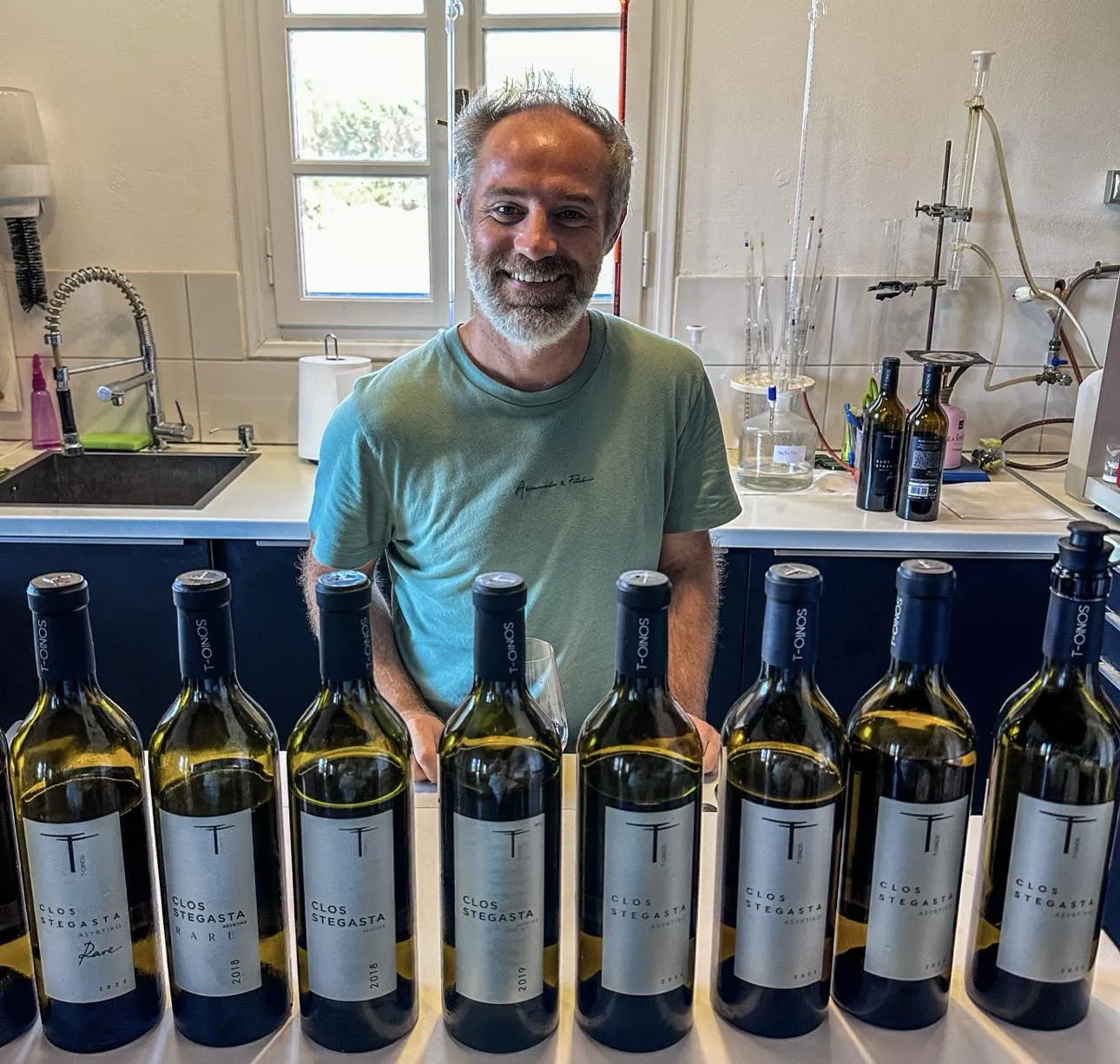
T-Oinos winery, eight years later: quality and evolution
By Yiannis Karakasis MW
Eight years ago, in 2016, I first visited Tinos Island and was captivated by the thriving potential of T-Oinos Winery, which was on a promising journey to establish itself not only among Greece's premier wine producers but also to make its mark on the world stage. Today, this journey is marked by significant changes, major investments, and an unwavering commitment to producing exceptional terroir-driven wines. The transformation is evident in the winery's new facilities (more on that at the end of the article) and is deeply rooted in its vineyard philosophy and winemaking techniques.
Subscribe for FREE to continue reading this article.
This premium blog post is restricted. Subscribe to get access to all blog posts and unlock our complete library of Greek wines, varieties, and expert insights.
- Email updates (1–2 / month)
- Access to free posts
- 1 featured article unlocked every month
- Special subscription offers
Aficionado
For enthusiasts and trade professionals who want full article access
Subscribe Now- Full access to all subscriber-only posts
- Full access to wine reviews and grape varieties sections
- Executive summaries for major features/reports
- Reliable, focused information on Greek wine, in an international voice
Aficionado Premium
For advanced readers, sommeliers & buyers needing deep documentation
Go Premium- Everything in Aficionado, plus:
- Full access to all Reports (6 to date)
- Access to approximately two new reports per year
- Executive summaries for major features/reports
- Reliable, focused information on Greek wine, in an international voice
Professional
For importers, retailers, restaurants, producers, and trade press
Get Professional- Everything in Aficionado Premium, plus:
- Publication rights for reviews and short tasting notes (up to 50 words)
- Article excerpt rights (up to 120 words, up to 3 excerpts/month)
- Priority support (email) for usage/attribution questions
- Mandatory attribution required with active link where possible
Already have an account?
Sign in here